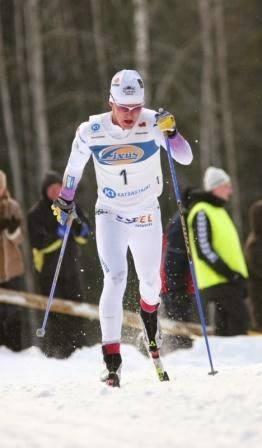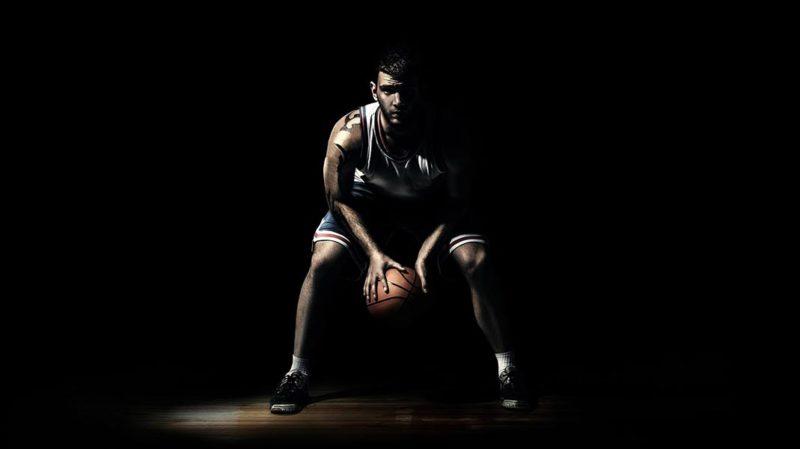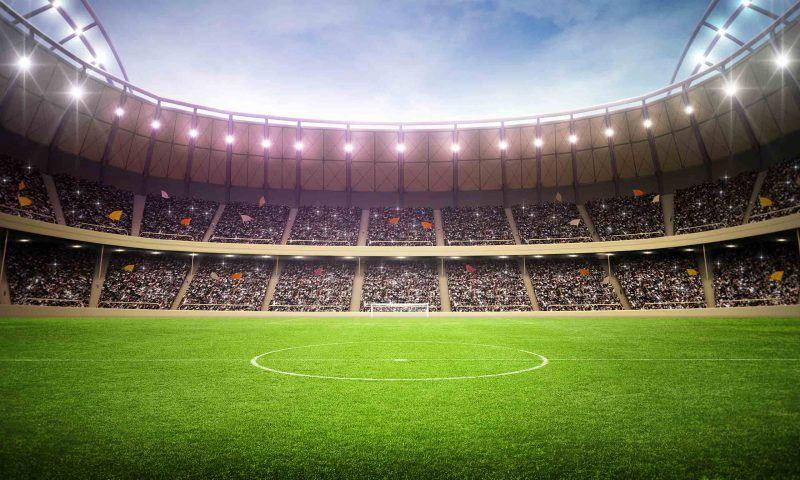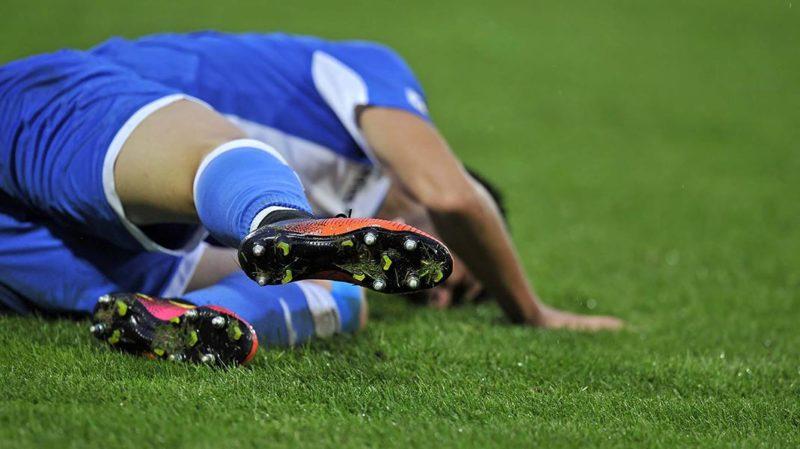

Athlete: Sami Jauhojärvi |
After the morning analysis, I will eat breakfast and start the training session. My back feels a little sore, which is reflected in my skiing technique as well. The movement pattern for my leg muscles is not fully normal, weakening the force production – I might not hit the record today! I need to have a massage to get my muscles working better. The rest of the body works normally and I reach the goals set for the workout. Once again, I was better than the racing partners, which increases my self-confidence. I’m on the right track in preparation to the World Championships held in Val Di Fiemme, Italy in 5 months.
Handling all the details gets more and more important once the new season gets closer. By putting on a dry shirt after the workout I minimized the risk of catching a cold. After the training I ate my lunch with good appetite and the daily nap was real power sleep.
In the evening, it’s time to do easy recovery training. My body feels more tired than it should and the worries are sneaking to my mind – Have I trained too much and what if this fatigue has accumulated from the hard training in the long term, without sufficient recovery? While running, I can feel the old RSI in my foot, which can in the worst case prevent all training in the autumn. Should I rest more to get my foot sorted out – or perhaps change running workouts to roller ski and cycling workouts? On the other hand, after the massage the foot might be ok for a while, but I still can’t stop thinking “what if…” It’s clear that if I don’t run in the autumn, it will show in my race performance in the steep uphill sections. Normally the feeling gets better during recovery training, but not today. I’m worried that this really is fatigue, or perhaps I’m having the first signs of infection? I just need to calm down, tomorrow morning I will know more, after measuring my overnight recovery. Despite all the uncertainty, I’m once again a day closer to my peak performance. I hope my kid will sleep well tonight, so that I can have a good relaxing sleep. Just in case, I will take an extra portion of Vitamin C, Vitamin E and Zinc to boost my immunity. I still have a couple of days left in this harder training block before my next resting day – which I normally have once per week. During the rest day, I try to do all the ”unfinished duties” that I was not able to do while training. I try not to stress too much, as I’m supposed to enhance my recovery physically and mentally during the days off. The best way to relax is to spend quality time with my family.
An athlete’s life is continuous observation and analysis of feelings, state of recovery, muscles and other performance-related factors. Critical training decisions and modifications to the training plan are often required and they are made based on observations and objective measures of bodily functions. It might be hard to understand but I love it! It is enjoyable self-realization while being on the edge – something that everyone should experience in their life!
Want to know how balancing physical activity and recovery will improve your well-being?
You might also be interested in

NCAA Basketball: The Practical Side of Recovery Monitoring
As part of the Firstbeat Sports webinar series, Sean Conaty of the University of Eastern Michigan delivered his insights into the practical side of using data to enhance performance for NCAA men’s basketball players.

How Loss of Key Player Increases Value of Recovery Data for Tottenham Hotspur
Training load monitoring and recovery testing are among the ways that top teams like Tottenham Hotspur are leveraging science and technology to reduce injuries and create competitive advantages on the field.

Solving the Training-Injury Prevention Paradox
In August 2017, Firstbeat Sports hosted a special webinar featuring Dr. Tim Gabbett, an internationally renowned physiologist and leading expert on the topics of training demands and injury prevention.

